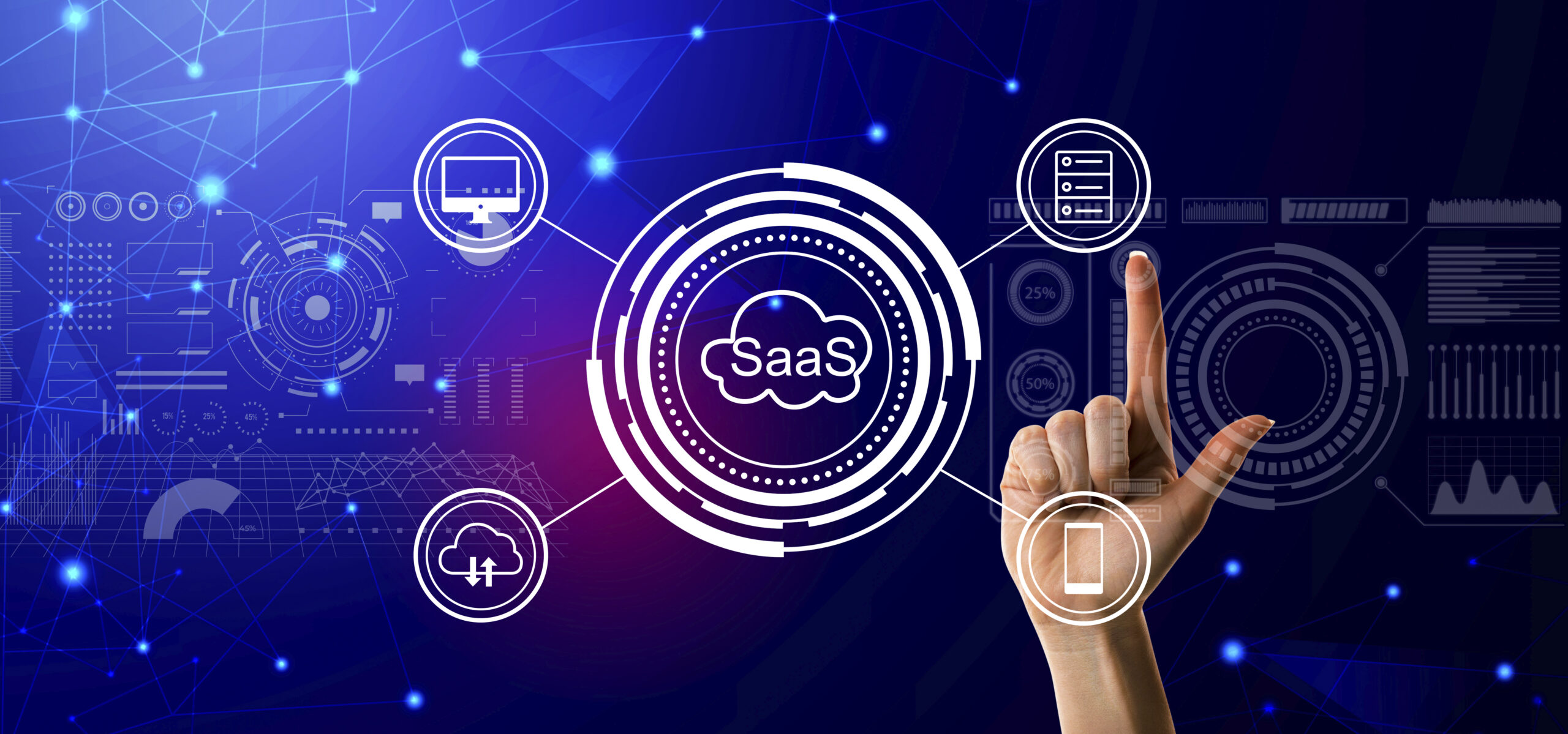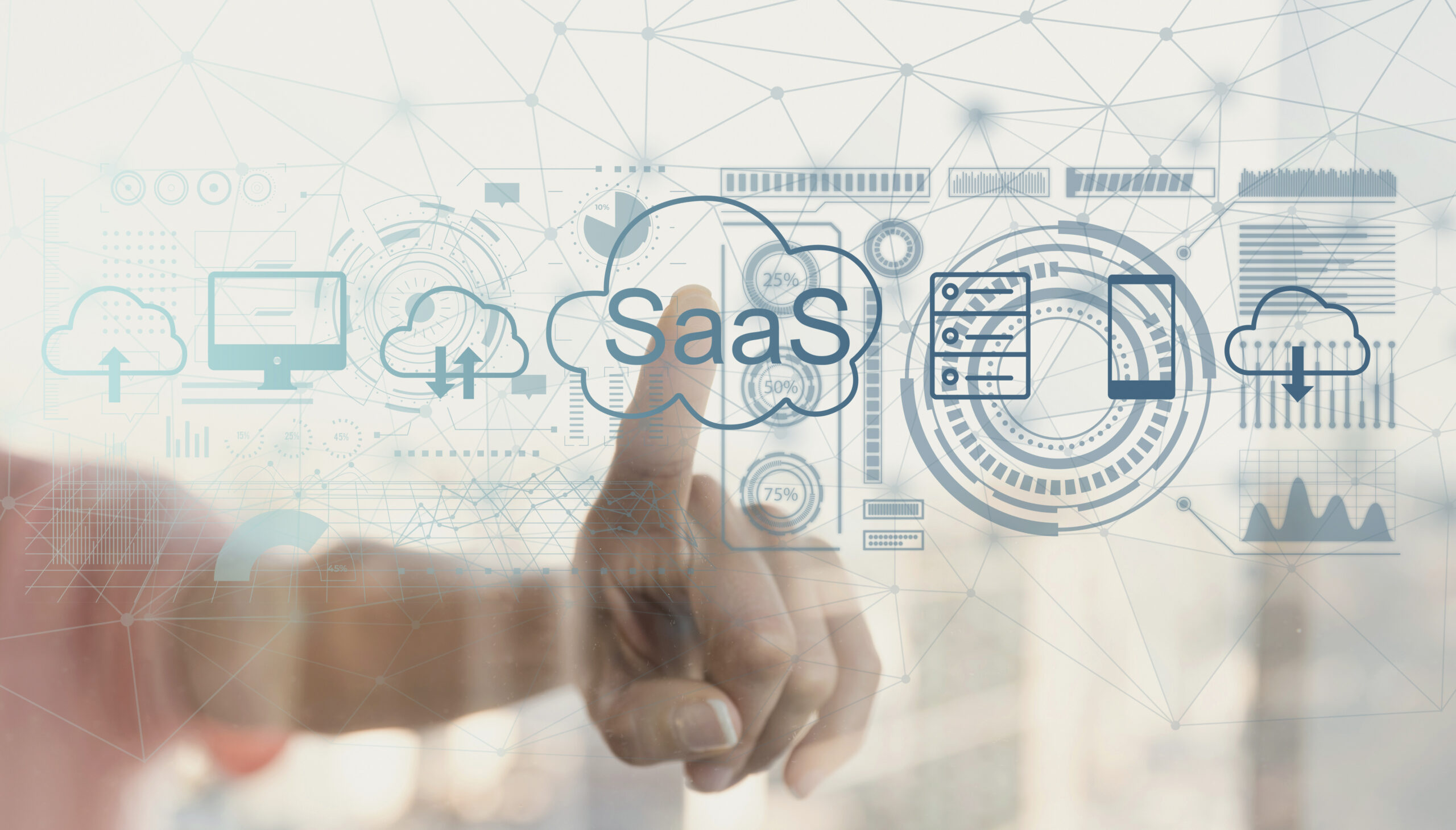An ERP system with billing capabilities revolutionizes how businesses handle invoicing, payments, and financial tracking. By integrating billing into an ERP platform, companies can automate processes, reduce errors, and ensure faster cash flow, all while maintaining accurate financial records.
This guide will explore what ERP system billing is, its key features, benefits, types, and leading solutions in 2025.
What is ERP System Billing?
ERP system billing is the integration of billing and invoicing functions within an ERP (Enterprise Resource Planning) platform. It enables businesses to automate the creation, tracking, and management of bills and invoices alongside other core operations like accounting, inventory, and CRM.
Instead of relying on separate billing software, ERP consolidates all financial transactions into a single system for greater efficiency and visibility.
Core Features of ERP System Billing
1. Automated Invoicing
- Create invoices instantly based on sales orders or service records
- Schedule recurring invoices for subscription-based businesses
- Generate electronic invoices for faster delivery
2. Payment Processing
- Accept multiple payment methods (credit card, bank transfer, digital wallets)
- Real-time payment tracking and reconciliation
- Integration with payment gateways for secure transactions
3. Tax Compliance
- Automatic tax calculation based on regional regulations
- GST/VAT support for global and local compliance
- Built-in audit trails for financial transparency
4. Credit & Collections Management
- Track overdue invoices and send automated reminders
- Apply penalties or discounts based on payment terms
- Monitor customer payment behavior
5. Financial Reporting
- Detailed billing reports and revenue analytics
- Integration with accounting modules for accurate profit tracking
- Forecasting tools for financial planning
Benefits of ERP System Billing
- Time Savings – Automates repetitive billing tasks
- Accuracy – Reduces manual data entry errors
- Cash Flow Optimization – Faster invoicing and payment collection
- Compliance – Built-in tax and legal adherence
- Customer Satisfaction – Transparent, error-free billing processes
Types of ERP Billing Systems
1. Product-Based ERP Billing
Designed for businesses selling physical goods, integrated with inventory and order management.
2. Service-Based ERP Billing
Ideal for professional services, consultancy, or subscription models with hourly or recurring billing.
3. Hybrid ERP Billing
Supports both products and services, suitable for companies with diverse offerings.
ERP Billing Process Flow
- Order/Service Entry – Capture sales or service details
- Invoice Generation – Auto-create invoices from orders
- Payment Collection – Accept and record payments
- Reconciliation – Match payments with bank records
- Reporting – Analyze revenue and outstanding payments
Top ERP Solutions with Billing in 2025
- SAP S/4HANA – Advanced billing automation for global enterprises
- Oracle NetSuite – Subscription and product billing in a single platform
- Microsoft Dynamics 365 Finance – AI-powered billing and collections
- Odoo – Modular ERP with customizable billing features
- TallyPrime – GST-compliant billing for small and medium businesses in India
Future Trends in ERP System Billing
- AI-Powered Billing – Predictive revenue tracking and fraud detection
- Blockchain Integration – Secure and transparent financial transactions
- Self-Service Portals – Customers access and pay bills online
- IoT-Based Billing – Automated billing based on real-time product usage
- Global Tax Adaptability – Instant compliance with changing tax laws
How to Choose the Best ERP System for Billing
- Industry Fit – Ensure the system supports your business model
- Integration Capabilities – Connect with existing CRM, POS, or e-commerce platforms
- Scalability – Ability to handle growing invoice volumes
- Ease of Use – Intuitive billing workflows for quick adoption
- Total Cost of Ownership – Consider setup, licensing, and maintenance costs
Conclusion
An ERP system with billing transforms how businesses manage financial transactions, offering speed, accuracy, and compliance in a single platform. By selecting the right ERP billing solution, companies can improve cash flow, reduce errors, and enhance customer trust.













